Math 2.9
Geometry and measurement. The student applies mathematical process standards to select and use units to describe length, area, and time. The student is expected to:
- (1) find the
length of objects using concrete models for standard units of length;
- (A) describe the inverse relationship between the size of the unit and the number of units needed to equal the length of an object;
- (B) represent whole numbers as distances from any given location on a number line;
- (C) determine the length of an object to the nearest marked unit using rulers, yardsticks, meter sticks, or measuring tapes;
- (D) determine a solution to a problem involving length, including estimating lengths;
- (E) use concrete models of square units to find the area of a rectangle by covering it with no gaps or overlaps, counting to find the total number of square units, and describing the measurement using a number and the unit; and
- (F) read and write time to the nearest one-minute increment using analog and digital clocks and distinguish between a.m. and p.m.
- Plus Plan
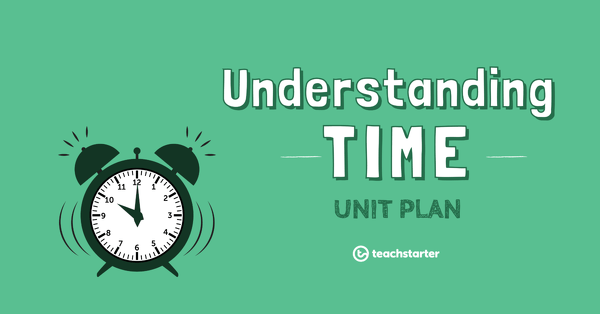
Remember the Time
A 60-minute lesson in which students will tell the time using analog and digital clocks.
- Plus Plan
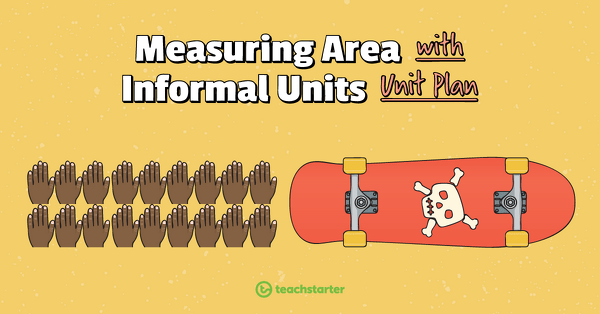
Assessment - Measuring Area with Informal Units
A 30-minute assessment in which students will demonstrate their knowledge and understanding of area.
- Plus Plan
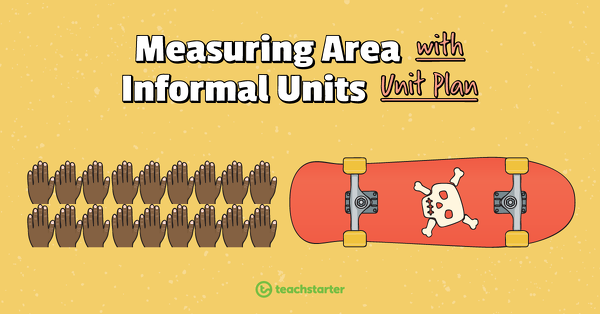
Review of Area
A 60-minute lesson in which students will review the concept of area.
- Plus Plan
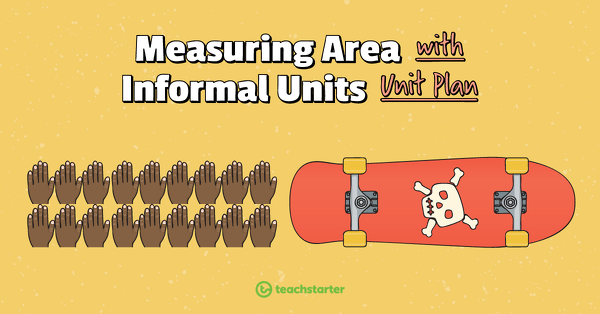
Area Investigation - Big, Loud Feet!
A 60 minute lesson in which students will apply knowledge and understanding of area to a real-world context.
- Plus Plan
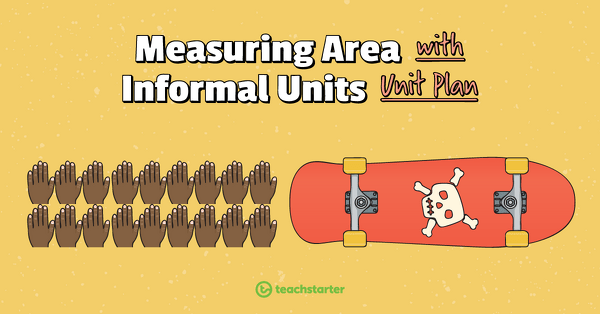
Measuring Area of Shapes
A 60 minute lesson in which students will measure the area of shapes using informal square units.
- Plus Plan
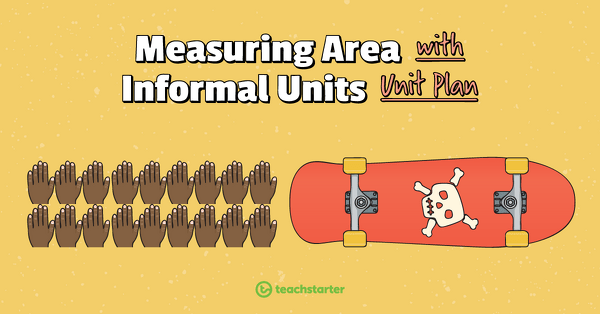
Measuring Area
A 60 minute lesson in which students will explore the concept of area and how it can be measured using informal square units.
- Plus Plan
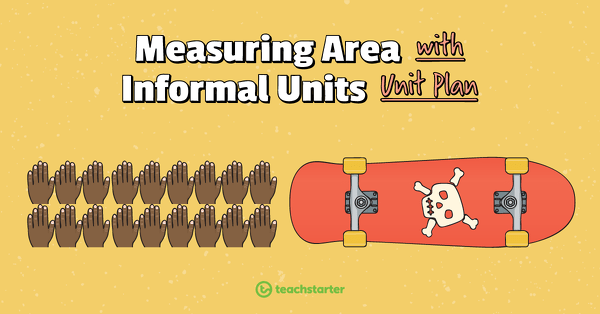
Introduction to Area
A 60 minute lesson in which students will explore the concept of area and how it can be measured using informal units.